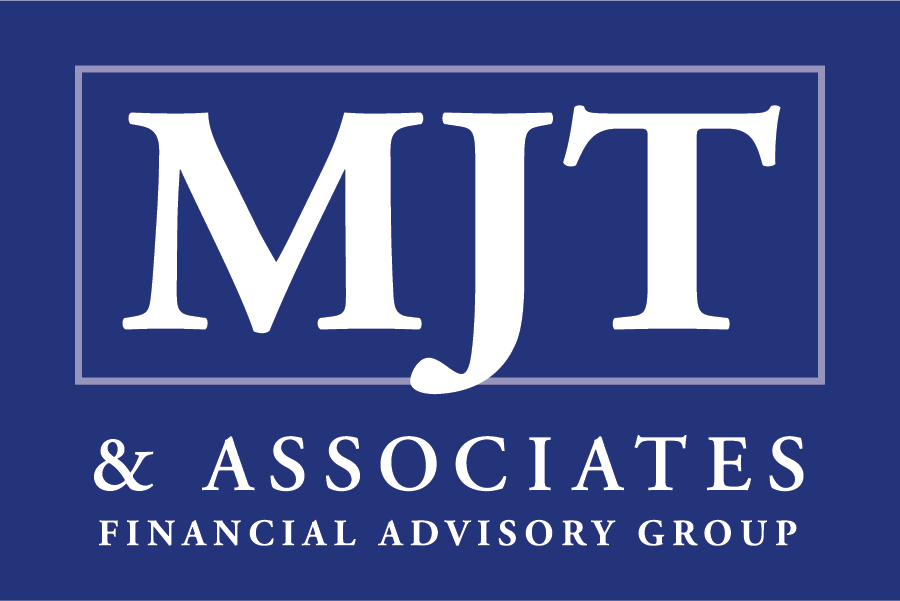With mortgage rates hovering above 7%, many nearing retirement are re-evaluating their housing strategies. What was once a straightforward decision—downsizing, refinancing, or relocating—now requires a more nuanced approach.
The Rising Cost of Borrowing
Higher interest rates mean higher monthly payments and reduced buying power. For retirees or those approaching retirement, this can significantly limit housing options. Carrying a mortgage into retirement was once a manageable strategy. Today, it can strain fixed incomes and alter long-term financial projections.
For those considering a move, the cost of borrowing could delay plans or shift the focus from buying to renting. Even homeowners who were once interested in refinancing may find the current rates eliminate any financial advantage.
Rethinking Retirement Housing Plans
Traditional downsizing might not offer the financial relief it once did. Selling a larger home at a premium could still result in purchasing a smaller property at a high interest rate, diminishing the net benefit.
Renting can provide flexibility and lower upfront costs, but may lack the equity growth many retirees prefer. Reverse mortgages are another option, though often misunderstood. While they can unlock home equity without selling, they come with strict requirements and long-term implications that need careful consideration.
Tax & Cash Flow Considerations
Selling a long-held home may trigger significant capital gains taxes, especially if appreciation has far exceeded the primary residence exclusion limit. This needs to be carefully planned within the broader tax strategy.
Higher mortgage rates also increase monthly outflows, putting pressure on retirement cash flow. And with recent changes to mortgage interest deductions, many retirees may find fewer tax advantages to maintaining a mortgage.
Adapting Your Financial Plan
A comprehensive retirement plan must now account for housing in more dynamic ways. This includes stress-testing your financial projections under different interest rate scenarios and considering various housing paths.
Planning tools can incorporate these what-ifs to help determine how changes in mortgage costs affect your broader financial security.
Working With a Financial Planner
Navigating these decisions requires more than just crunching numbers. A skilled advisor can help weigh emotional and lifestyle goals alongside financial metrics.
Making a hasty decision to move or refinance in today’s rate environment can be costly. A planner helps you stay objective and proactive.
Housing as a Cornerstone of Retirement Planning
Housing remains a foundational element of retirement planning. Rising mortgage rates have added complexity—but also highlighted the importance of planning ahead.
By thoughtfully aligning your housing choices with your financial goals, you can better weather today’s challenges and build a more secure future.











